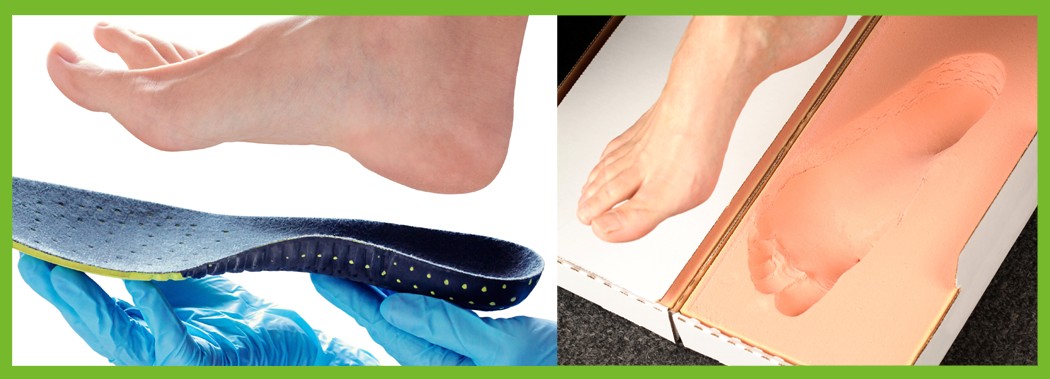Q: What is a medial patellofemoral ligament injury? And how is it treated?
A: A little bit of anatomy will help explain this injury. Let's start with the patella -- more commonly known as the "kneecap". The patella moves up and down in front of the knee joint along a built-in track called the patellofemoral groove.
The kneecap is held in place by several ligaments on either side and by the patellar tendon (attached to the quadriceps muscle). The quadriceps muscle is the large, four-part muscle along the front of the thigh.
Although you can take your hands and passively move the kneecap from side to side, this is not an active movement you can make your patella do without assistance. We call that side-to-side (medial-to-lateral) movement accessory motion. The up-and-down and side-to-side accessory motions are referred to as patellar glide.
As part of the patellar tendon, there are slips of ligamentous fibers that help hold the patella in place and keep it from moving too far to one side or the other. On the inside of the kneecap is the medial patellofemoral ligament. On the outside is the lateral patellofemoral ligament.
Without the medial patellofemoral ligament, the kneecap dislocates laterally (in a direction sideways away from the other knee). Because the medial patellofemoral ligament is connected with other ligamentous structures, complete rupture will likely damage other areas as well. The medial patellofemoral ligament attaches above to the femur (thigh bone) and below to the tibia (lower leg bone).
Most ruptures of the medial patellofemoral ligament occur at the femoral attachment. But the ligament can tear away from the tibial attachment or even in the middle (not at either bone attachment). This type of tear is called an intrasubstance tear.
A medial patellofemoral ligament injury can be treated conservatively without surgery. The knee may have to be immobilized in a splint for a number of weeks to allow for healing. Physiotherapy, taping, and a home program of exercises prescribed by the therapist begin after the period of immobilization. The rehab program must be given the good old college try: in other words, for more than a few days or weeks. It can take months to rehab this injury.
But if nonoperative care fails and the patella dislocates again, then surgery may be the next step. The surgical approach that works best depends on the underlying damage and specific patient factors. The surgeon will decide if the torn ligament can be reattached to its original insertion on the bone. This is a repair procedure.
More complex injuries with damage to the surrounding tissues may require reconstructive surgery (taking graft material and using it to replace the ruptured ligament). Overall results for repair or reconstructive surgery are good to excellent. Many active patients (teens to adults) are able to resume full physical activities, including sports participation.
Reference: Christopher L. Camp, et al. Medial Patellofemoral Ligament Repair for Recurrent Patellar Dislocation. In The American Journal of Sports Medicine. November 2010. Vol. 38. No. 11. Pp. 2248-2254.
WE OFFER DIRECT BILLING TO
MOST INSURANCE COMPANIES
MOST INSURANCE COMPANIES
Physiotherapy - Massage Therapy - Shockwave








